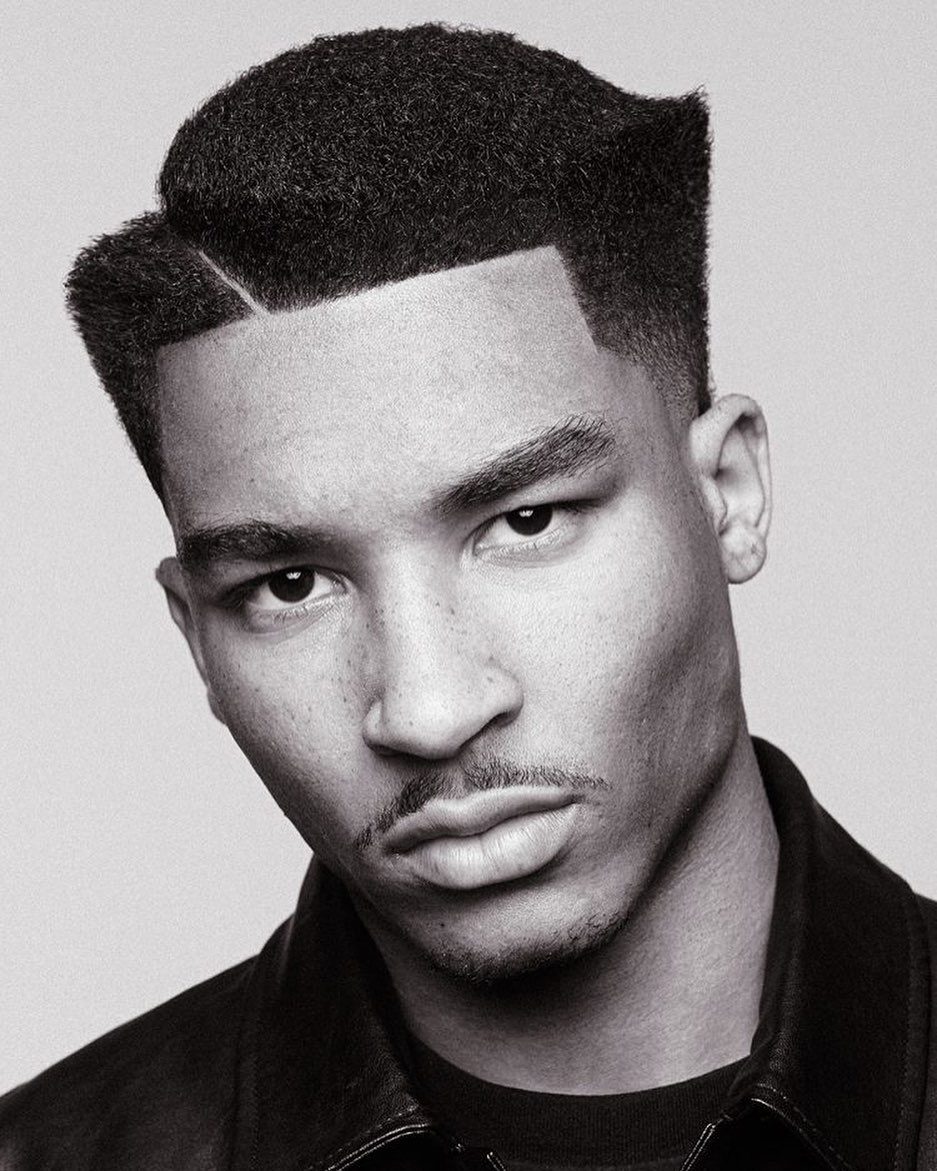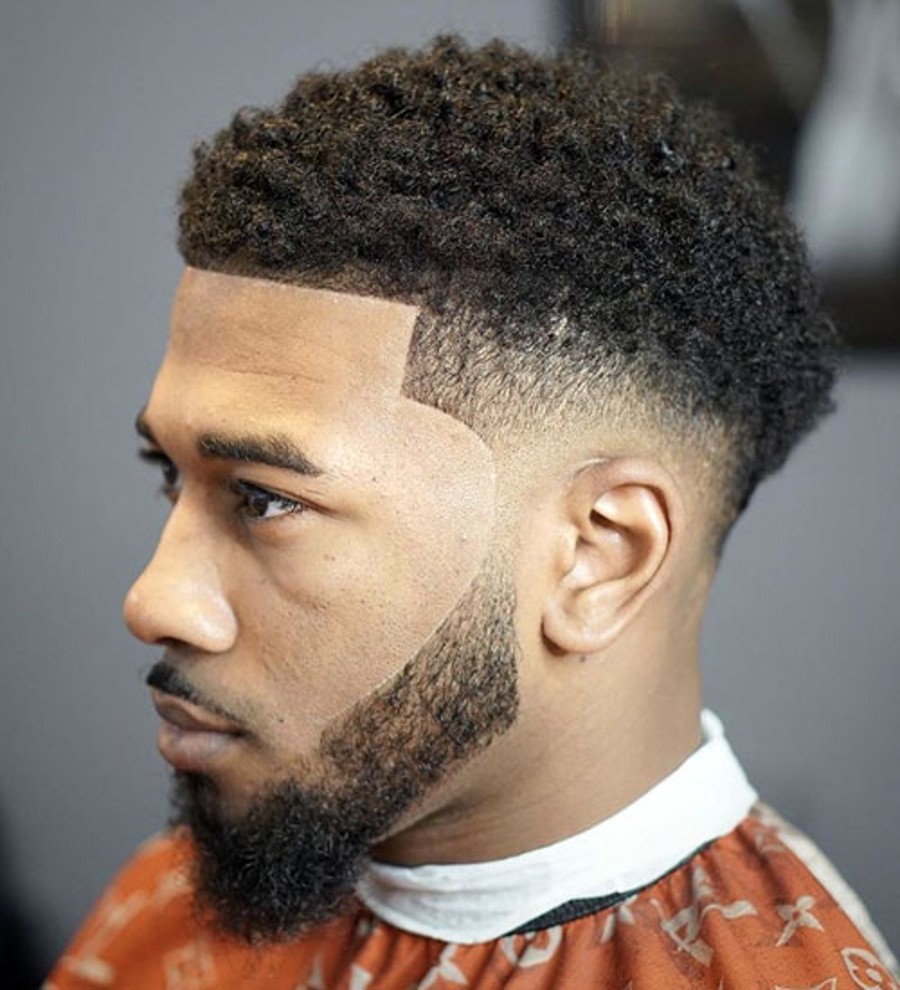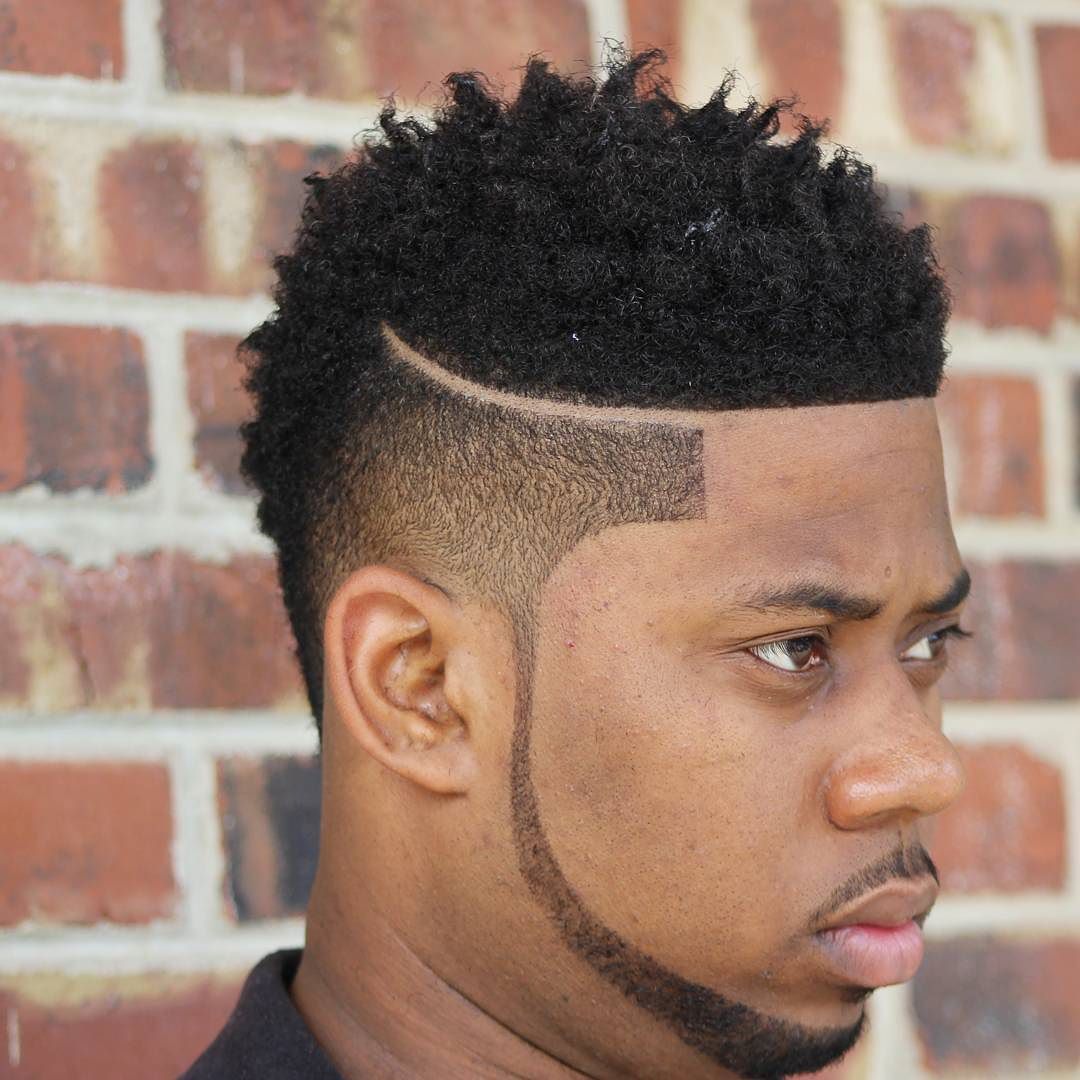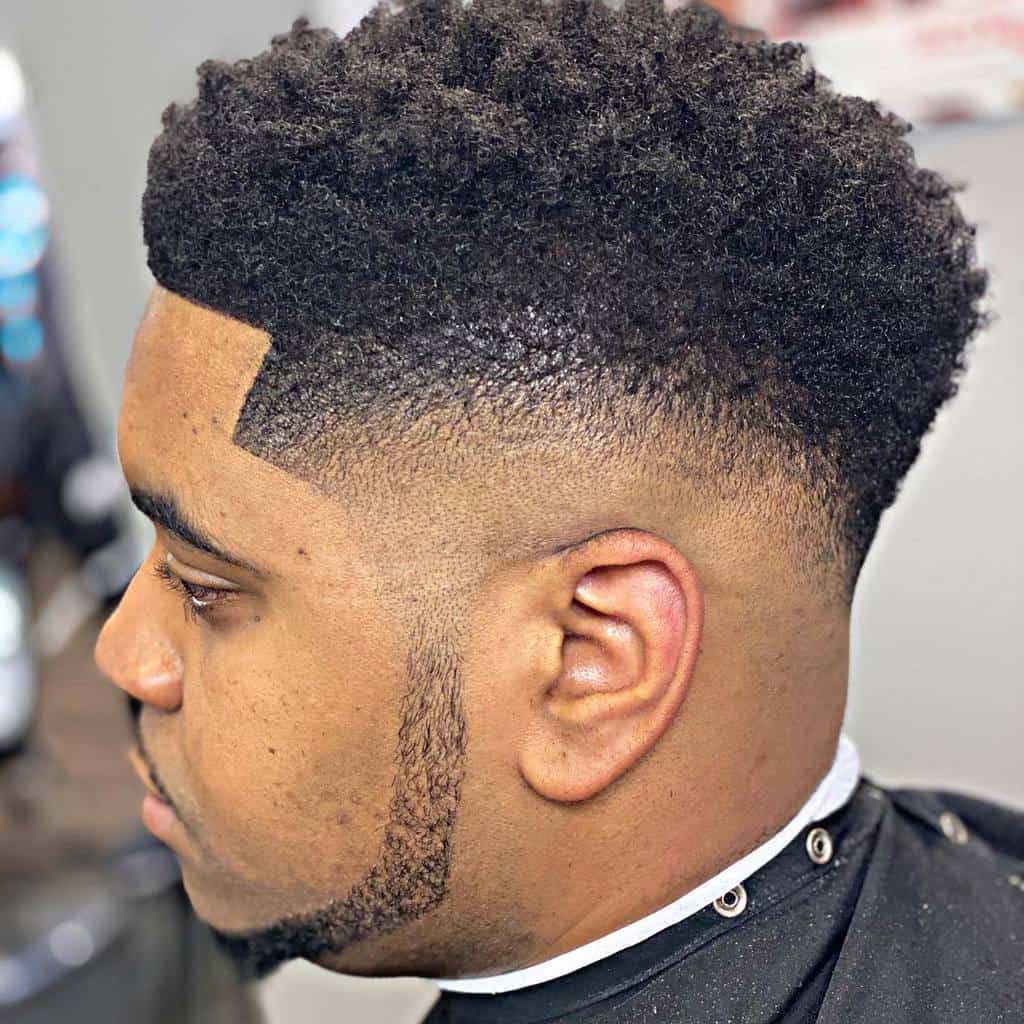
Black men’s hair is a testament to incredible versatility, texture, and cultural richness. Far from a monolithic entity, it encompasses a spectrum of curls, coils, and kinks, each offering unique possibilities for self-expression. Choosing a hairstyle for Black men is not just about aesthetics; it’s often a reflection of identity, heritage, and personal statement. From sharp, precise cuts that exude professionalism to free-flowing, natural styles that celebrate heritage, the options are vast and dynamic. This comprehensive guide explores different types of hairstyles for Black men, detailing their characteristics, maintenance, and unique appeal, empowering you to discover the perfect look that resonates with your individual style and lifestyle.
Exploring the Spectrum of Styles:
1. The Buzz Cut:
The ultimate in low-maintenance, the buzz cut involves uniformly cutting the hair very short all over. It’s a clean, crisp, and masculine look emphasizing facial features. Customization includes a fade on the sides or a precise line-up (edge-up) for added definition.
- Suitability: Ideal for almost all face shapes and hair textures. Excellent for those seeking minimal styling effort.
- Maintenance: Very low. Requires regular trims (every 2-3 weeks) for sharpness.
- Styling: Virtually none, beyond keeping the scalp moisturized. A precise line-up by a barber is key to its sharp appeal.
2. The Caesar Cut:
Named after Julius Caesar, this classic cut features short hair all around, with a distinctive short, horizontal fringe. Often paired with a fade or taper on the sides and back, the Caesar offers a neat, sophisticated, yet modern appeal.
- Suitability: Particularly flattering for men with square or oval face shapes. Works well with slightly wavy to coily hair textures.
- Maintenance: Relatively low. Regular trims are needed to keep the fringe and overall length precise.
- Styling: Minimal. A light pomade or cream can be used to define the short fringe and maintain neatness.
3. The Waves:
A highly popular and distinctive style, waves involve training the hair to lie in a ripple-like pattern close to the scalp. This look is achieved through consistent brushing in a specific direction, moisturizing, and compressing the hair with a durag or wave cap.
- Suitability: Best for hair textures that are naturally coily or tightly curled.
- Maintenance: High. Requires daily brushing sessions, moisturizing, and consistent use of a durag, especially while sleeping.
- Styling: Dedicated wave products (pomades, moisturizers) are essential. Patience and consistency are key to developing deep, defined waves.
4. The Taper Fade:
Perhaps the most versatile and widely adopted style, the taper fade involves gradually shortening the hair from the top down to the neckline and sideburns, without cutting the hair down to the skin. The top can be left long, medium, or short, allowing for immense customization.
- Suitability: Universally flattering for all face shapes and hair textures.
- Maintenance: Moderate to high, depending on the desired sharpness of the fade. Regular trims (every 2-4 weeks) are necessary.
- Styling: Varies greatly with the length and style of the hair on top. Can be styled into a short fro, twists, or left natural with a curl cream.
5. The High Top Fade:
A quintessential style of the 80s and 90s, the high top fade has made a significant comeback. It features hair that is long and often rectangular or cylindrical on top, with a sharp, dramatic fade on the sides and back that goes down to the skin.
- Suitability: Best for those with dense, coily hair that can hold its shape. Can elongate rounder faces.
- Maintenance: Moderate to high. Requires regular trims to maintain the sharp lines of the fade and the shape of the top.
- Styling: Products like pomades or gels are used to define the shape and provide hold. A pick comb is often used to lift and shape the top.
6. The Afro:
A powerful symbol of Black identity and natural beauty, the Afro allows the hair to grow out naturally into a voluminous, spherical shape. It celebrates the hair’s natural texture and volume.
- Suitability: Works best with dense, coily hair. Can be shaped to complement various face shapes.
- Maintenance: Moderate. Requires regular moisturizing, detangling, and shaping. Can be prone to dryness.
- Styling: Use a pick comb to fluff and shape, ensuring even volume. Leave-in conditioners and natural oils are crucial for moisture and health.
7. Twists (Two-Strand Twists):
Twists involve sectioning the hair and twisting two strands around each other from the root to the tip. They can be done on short, medium, or long hair and offer a neat, textured look that can also serve as a foundation for other styles (like twist-outs).
- Suitability: Excellent for all coily and kinky hair textures.
- Maintenance: Moderate. Can last for several weeks with proper care. Requires regular moisturizing and scalp care.
- Styling: Best done on damp, moisturized hair. Use a setting lotion or cream to define the twists and reduce frizz, allowing them to dry fully.
8. Sponge Curls/Coils:
Achieved using a hair sponge (a sponge with holes that creates coils), this style quickly defines the hair’s natural curl pattern, resulting in small, uniform coils. It’s a quick and easy way to add texture and definition to short to medium-length hair.
- Suitability: Ideal for hair that is at least an inch or two long and has a natural curl or coil pattern.
- Maintenance: Low. Can be done daily or every few days.
- Styling: Apply a curl-enhancing cream or leave-in conditioner to damp hair. Then, rub the sponge in circular motions until coils form.
9. Braids (Cornrows, Box Braids, Knotless Braids):
Braids are a protective style where sections of hair are interlocked to form intricate patterns or individual plaits.
- Cornrows: Braids that lie flat against the scalp, often in straight lines or intricate designs.
- Box Braids: Individual plaits that are not attached to the scalp, allowing for more movement.
- Knotless Braids: A variation of box braids where the braid starts with the hair itself, reducing tension on the scalp.
- Suitability: Excellent for all hair textures, especially those seeking a low-manipulation protective style.
- Maintenance: Low to moderate once installed. Requires scalp oiling and protection at night. Can last for weeks to months.
- Styling: Very versatile. Braids can be styled into ponytails, buns, or left down. Ensure edges are well-maintained with edge control.
10. Locs (Dreadlocks):
Locs are a journey of hair maturation, where strands are intentionally matted and coiled to form rope-like sections. They are a deeply significant cultural and spiritual style for many. Locs come in various forms:
- Traditional Locs: Started with coils, twists, or braids, then maintained through palm-rolling or inter-locking.
- Freeform Locs: Allowing the hair to naturally loc without much manipulation.
- Sisterlocks/Brotherlocks: Micro-sized locs that offer more styling versatility.
- Suitability: Suitable for all hair textures, but especially coily and kinky hair. Requires commitment.
- Maintenance: Moderate. Regular re-twisting or inter-locking is needed to maintain neatness, along with consistent moisturizing.
- **






